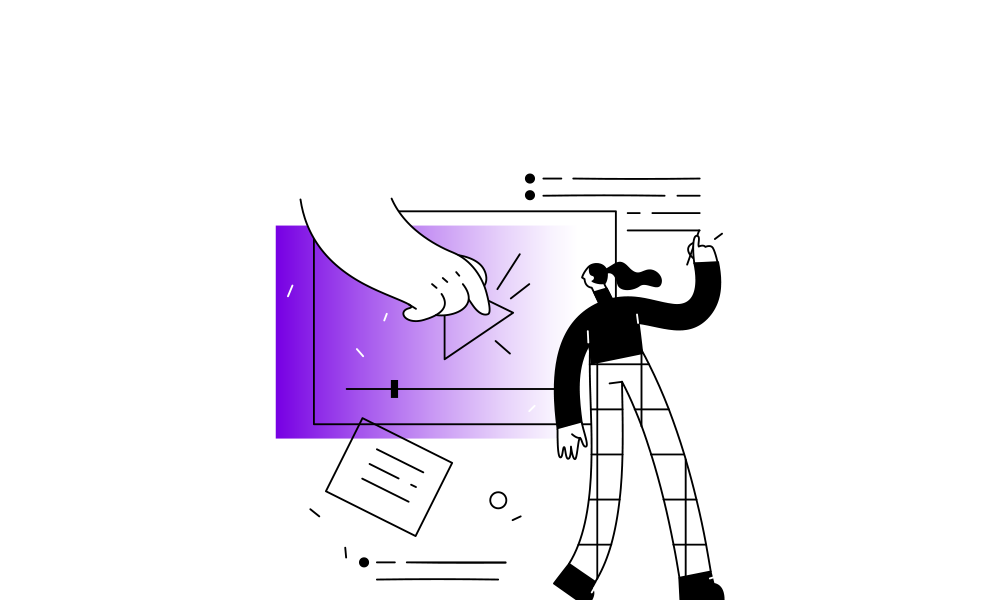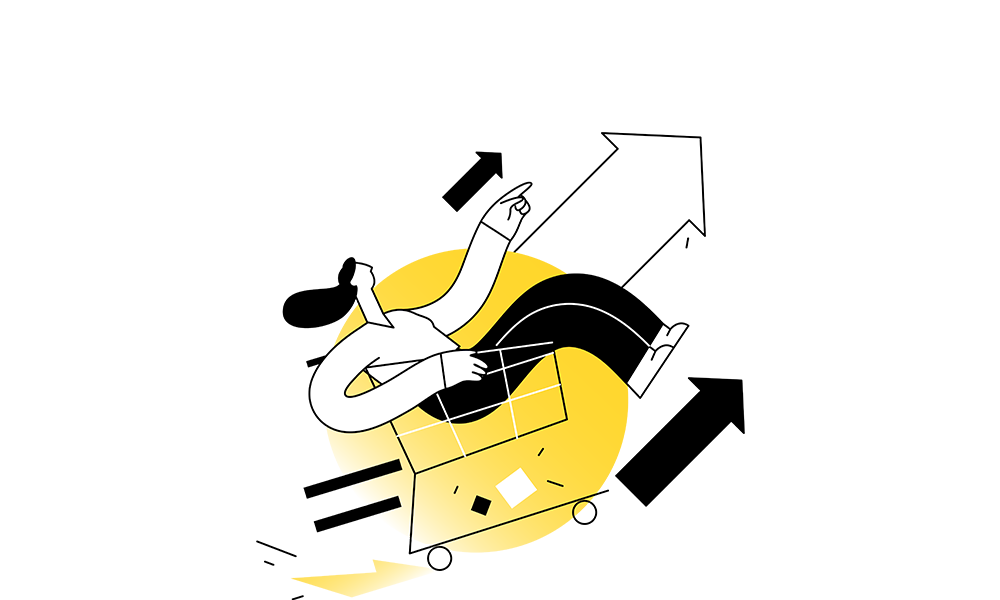A year ago, you decided to start fundraising for your startup. You were told to prepare a business plan, complete with projections. So, you quickly brought on a CFO, told them what you needed, and they created a five-year plan showing how you’re going to earn and spend money. To you, it looks like a giant budget sheet. You showed it to your investors, and you decided to keep using it as your budget.
Now, a year in and a few successful fundraisers later, you decide to benchmark your actuals against your projection to see where you’re at. You’re seeing a lot of variance, and you’re not sure what’s happening. Here’s the deal: you need to understand your projections.
You are confusing two things as one.
When you first start a business, you’re asked to put your ideas and visions down on paper in the form of numbers. You worked with a CFO who created a five-year projection to showcase your ideas for the future of your business. This is called a Pro Forma.
Your Pro Forma is used by bankers and investors to evaluate your business. They look at your ideas of where your business is headed and how it will get there to get an inside look at your company. Your Pro Forma is used to help them decide whether or not to invest in you or give you a loan.
When you are doing actual business planning, you create a business projection, not a Pro Forma.
You haven’t modified your projections to align with your current operations.
The Pro Forma only measures your understanding and assumptions on day one. Assumptions based on your current trends are a different type of projection and are more closely tied to your operations. You’re running an operation. You’re trying to figure out where you stand in the next few months and if your decisions make sense. They help you make educated guesses about the next three to six months, and change weekly or monthly based on new information.
The big difference between projections and the Pro Forma is how they are used. The Pro Forma is used to communicate your assumptions and intentions at the start of your business. Your projection is used to navigate the financial health of your business by reviewing your business’ trends and numbers. A projection is a modification of the Pro Forma that is created by constantly reassessing and modifying your assumptions based on the numbers you have now.
Because they are constantly reassessed, projections are closer to reality and are used as a benchmark for the business. Business owners use projections to make plans and take action. Until you realize that your Pro Forma is not a good measure for how your business is doing financially, you’re going to keep missing those benchmarks.
You haven’t developed a habit of assessing your assumptions and projections.
You can turn a Pro Forma into a day-to-day projection. The key is to constantly reassess, reevaluate, and modify your assumptions based on what you know about your business today. If a projection sits idly for too long, it will become outdated.
If you are basing the success of your business on predictions you made five years ago, you’re likely not hitting any of your benchmarks. It’s nearly impossible to know what’s going to happen five years in advance. It is a lot easier to look at where your business is at now and project what might happen a month or two down the line. From there, you might be able to predict another couple of months, but past that you’re just guessing.
Until you establish a habit of reassessing and modifying your projections based on core assumptions of today, you will be benchmarking your business against outdated assumptions. Your Pro Forma was based on your understanding of the business at the time you created it. If you haven’t modified it since, it will probably not match your actuals.
How do I make sure I’m basing decisions on the right projections?
1) Understand the difference between a Pro Forma and a projection. Understand what you need and what you’re using the tool for. What is the purpose of your report? Who is the audience? Does it make sense based on how your business is actually doing right now? What are you trying to do with it? Are you using it to show how far your business can go or to navigate the small business waters?
2) Switch your mindset. Realize that the projection is a useful navigational tool that can help you set an attainable track for your business. You can base your budget and benchmarks against this track to make sure your decisions are based in actuality instead of on a dream, but you have to update this tool monthly.
3) Create a habit. Set up a projection team and plan on meeting regularly, around the same time each month. Decide on a few documents (like your Profit and Loss Statement) to go over in each of these meetings. With your team, develop benchmarks based on your actual numbers to use as reference for your business.
Share this article




